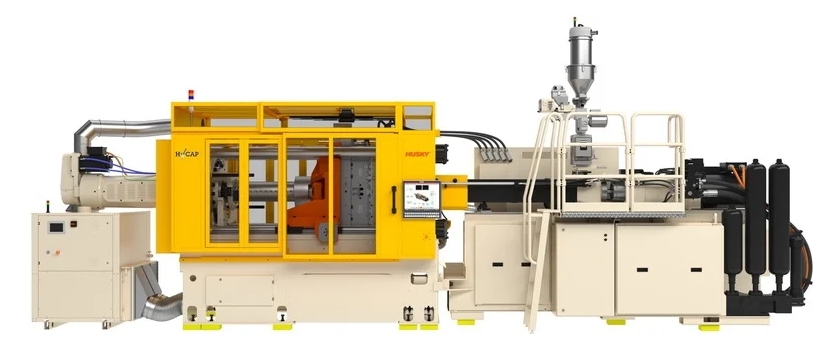What is the injection molding process?
What is the injection molding process?
In the dynamic, ever-changing world of beverage packaging design, choosing the right manufacturing method is essential to creating high-quality plastic products. Injection molding is one of the common technologies used to produce plastic products, and in this article, we will take a closer look at this method, enabling you to make an informed decision to meet your specific requirements.

What Is Injection Molding?
Injection molding is a highly adaptable and efficient method of production where molten resin is forced into a mold. Under significant pressure, the molten material fills a closed mold cavity, cools down, and hardens, forming the desired plastic component.
This technique allows for the mass production of identical parts with intricate shapes and precise details. Consequently, injection molding is widely favored for creating caps and closures due to its exceptional adaptability, efficiency, and capability to consistently deliver high-quality parts. The beverage packaging sector, in particular, leverages this process to meet sustainability requirements, enhance design versatility, and optimize both production and costs.
In injection molding, each parameter of the process can be adjusted independently, offering a broader operational range. This flexibility allows for better compatibility with various raw materials and color masterbatches.
Advantages of Injection Molding
Complex Part Design Capabilities
Injection molding offers significant design flexibility, allowing for the creation of parts with intricate features like undercuts, hinges, and complex shapes that enhance user interaction. This is especially important for tethered caps. The sophisticated design allows these caps to open 180 degrees on any neck and produce a distinct clicking sound when fully opened, providing a tactile signal to users.
No Post-Processing Requirements and Constant Bridge Quality
Injection molding offers the capability to form the tamper-evident band with integrated bridges, removing the necessity for slitting and/or folding after molding. This approach decreases the need for additional equipment and labor while minimizing potential quality issues.
The use of molded-in bridges ensures consistent geometry, maintaining uniform bridge size and placement throughout each cycle for the entire lifespan of the mold, as there is no wear on the relevant mold components. These factors together ensure that the bridge geometry remains stable over time, ensuring high-quality parts and a consistent consumer experience.
No Micro-Plastic Contamination
Since Molded-in bridge injected closures eliminate the need for slitting, they also prevent the creation of plastic dust associated with this process. This is a major benefit for brands worried about the risk of microplastic contamination in beverages, food, or pharmaceuticals.
Lightweighting
Through injection molding, manufacturers can create lightweight components without sacrificing quality or functionality. This technique allows for the precise adjustment of wall thickness, leading to lighter parts that still fulfill performance standards. By removing the folded section of a closure, the overall weight is further decreased. While top-tier closures produced by both injection and compression molding are typically similar in weight, injection molded closures can sometimes be marginally lighter.
Reduced Maintenance and Downtime
After the initial setup, an injection molding line requires little maintenance and experiences minimal downtime. This process uses fewer moving parts and tools, which operate at a much slower pace, thereby reducing the overall need for maintenance and minimizing downtime.
Flexible Production
Injection molding is especially appealing to converters who frequently need to switch closure types, such as altering neck finishes or moving from non-tethered to tethered designs. This transition involves replacing the mold in the machine, a process that can be completed in just a few hours. When shifting from non-tethered to tethered closures, only the sliders need to be replaced, a task achievable in under an hour without taking the mold out of the machine.
Consistency and Process Robustness
Injection molding provides excellent control over the manufacturing process, leading to uniform and reliable part quality. The capability to meticulously oversee and modify process settings guarantees that every part manufactured adheres to the required standards. After the injection procedure is set up, its robustness ensures dependable and consistent production cycles.